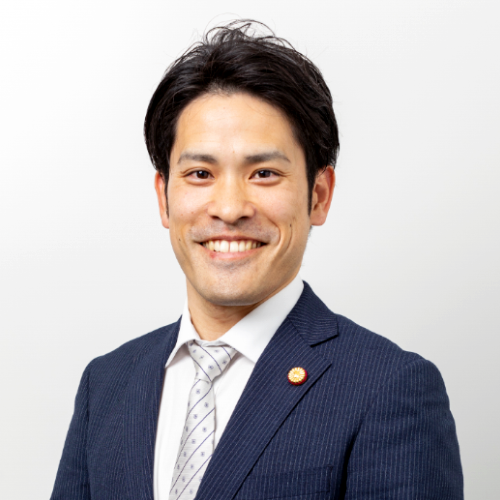2018.12.27
PLEADING OF CORRECTION
PATENT
PLEADING OF CORRECTION
- 1. What is Pleading of Correction?
Pleading of correction is a protest for reclaiming infringement of patent right in a patent infringement lawsuit by the plaintiff requesting a trial for correction etc., when the defendant asserted a protest claiming that the patent concerned is invalid and the infringement cannot be established (hereinafter, referred to as the patent invalidity protest).
- 2. Meaning
The patent invalidity protest was stipulated in Patent Act Article 104(3) after Supreme Court Ruling on April 11, 2000 (Kilby Patent Case; Texas Instruments Inc. vs. Fujitsu Limited). That is, the court judged, though a judgment of patent being valid or invalid, which causes a legal effectiveness to third parties, is an exclusive right of the patent invalidation trial procedure, when the patent can be admitted to be invalidated in the patent infringement lawsuit in light of the meanings of the principle of equity, the effectiveness of conflict resolution, and judicial economy etc., that the enforcement of the patent right is an abuse of the right, and therefore it should not be permitted.
However, the court also judged, if there is "special circumstances," such as the trial for correction has been requested, that the enforcement of right is not an abuse of the right even if it may be apparent that the patent is invalid. That is, the court judged that it may or may not be suitable to permit the patent invalidity protest even when the reason(s) for invalidity no longer exists in the patent after the decision has been made for the trial for correction.
Therefore, it came to be thought that the pleading of correction is acceptable by satisfying the following requirements.
- 3. Requirements
(1) A trial for correction or a correction is lawfully requested to the Japan Patent Office.
(2) The correction concerned satisfies the requirements for correction.
(3) The reason(s) for invalidity which the defendant asserts will be eliminated by the correction.
(4) Each product of the defendant belongs to the technical range of the patented invention after the correction.
It is thought that all of the four above-mentioned requirements must be satisfied in principle for the pleading of correction to be accepted by a court.
Regarding the requirement (1), the Intellectual Property High Court judged on September 17, 2014 that "if it is legally difficult for a patentee to request a correction etc., the court should consider their circumstances individually from the perspectives of fairness, and when the special circumstances exist, such as the requirement of the lawful request for correction etc. (the requirement (1)) should be made unnecessary, the pleading of correction lacking in the requirement concerned is to be allowed."
While the judgment was made to ease the requirement (1), the Supreme Court judged on July 10, 2017 that "although a patentee did not assert the pleading of correction by the time of the conclusion of oral pleading of fact-finding proceedings, when the patentee disputed for the judgment of the fact-finding proceedings on the grounds that the decision of the trial for correction etc. has become final thereafter, this dispute should not be allowed because it is to wrongfully delay the settlement of the patent infringement unless there are any unavoidable special circumstances for not asserted the pleading of correction." That is, according to Patent Act Article 104(3), since a patentee is given the opportunity of attack and defense in the infringement lawsuit, if the patentee did not assert the pleading of correction in spite of the opportunity, they are not allowed to dispute for a judgment of fact-finding proceedings on the grounds that the decision of the trial for correction etc. has become final after the conclusion of oral pleading of the fact-finding proceedings.
- 4. Conclusion
The decision of the trial for correction has the legal effectiveness to third parties. Therefore, when the claims are narrowed by the final decision of the trial for correction etc., the influences will not be limited to the infringement lawsuit in progress. Meanwhile, if the right timing of requesting a trial for correction or a pleading of correction is missed, the pleading of correction may not be accepted.
Therefore, if there is a protest for patent invalidity etc. while a patent infringement lawsuit is pending, it is necessary to quickly and appropriately decide the details of narrowing the claims by the trial for correction, the timing of requesting the trial for correction, and/or whether the trial for correction is necessary.
